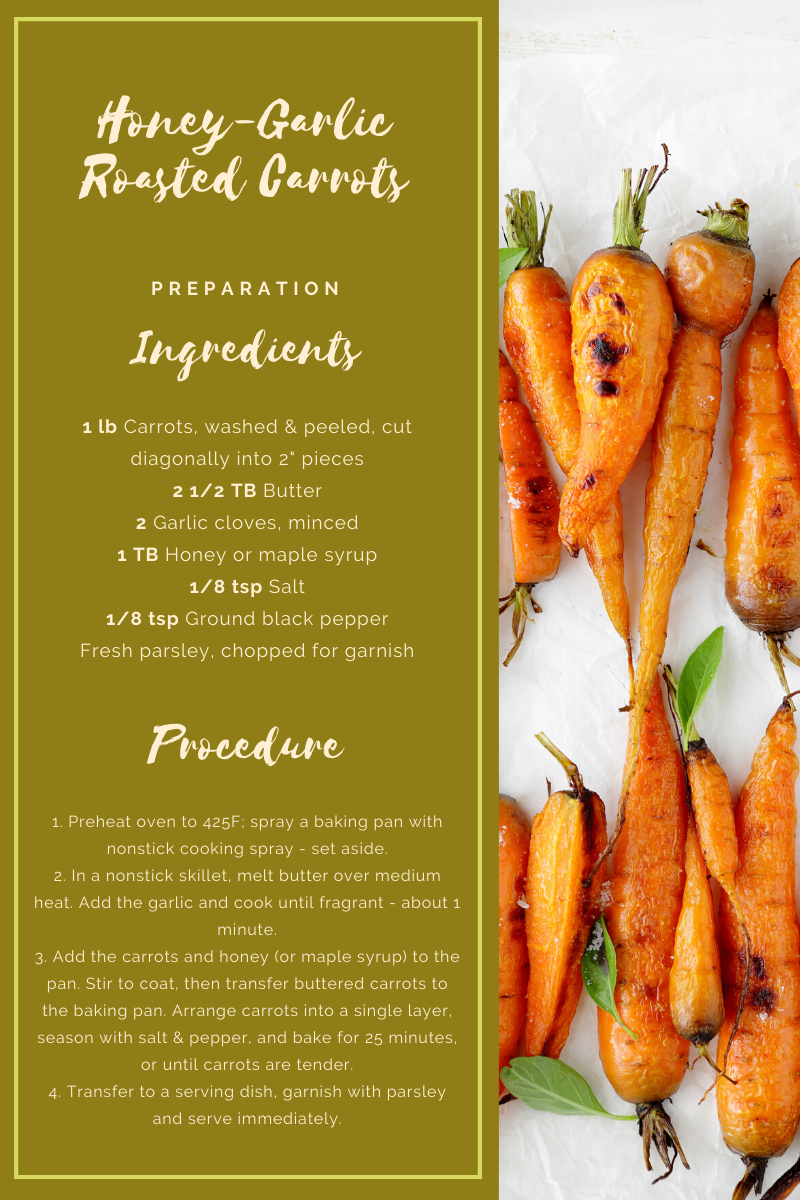Tag: honey
Bees hit the road – story from Fieldstone Farm
Fieldstone Farms, Clemons, IA (Eli Kalke & Dale Fields)
We were fascinated by bees, so we attended a beekeeping class at NIACC in Northern Iowa five years ago to learn more, whereupon we ordered 11 hives. Since then we’ve grown our operation to well over 100 hives.
Our apiary is located ½ mile east of Clemons. We sell an array of products using our own honey, such as raw unpasteurized honey, 12 varieties of creamed honey, cut comb, chunk honey, honey straws, beeswax candles, lip balm and lotions. We are also both active with the Iowa Honey Producers Association; Eli is the Vice President and Dale is on the Educational Committee.
When dropping off our products a few cycles ago, we got to talking with the volunteers about something that is a bit unusual about our apiary, which is that we send our bees out to California in the winter to help pollinate their almond crop. They suggested we write up something for IFC members.
Here’s how it works. After we harvested our honey crop last summer, we fed our bees with a sugary liquid feed and protein patty substitute to ensure they had sufficient nutrition and food stored in their hive in preparation for their journey to California for almond pollination. To help orientate the bees, we paint the boxes different colors; this helps them identify which one is “home”.
End of November our hives were loaded on a truck and later transferred to a semi, which had around 400 hives on it bound for California; roughly a four day drive. About 1.6 million colonies are needed for the almond population. 500,000 of these come from California and the rest (1.1 million) are trucked in from all across North America.
Their food supplies were checked mid-January and didn’t require feeding, as they still had an abundance of honey in the hive. Depending on the weather, almond blossom typically begins around Valentine’s Day and ends about a month later, which is when our bees go to work.
The hives will be brought back on a semi-truck the second half of March and will likely be in need of a lot of feeding, as they will have very little food reserves left in the hive. This will keep the bees alive and healthy prior to the arrival of spring flowers, like dandelions, which are very high in protein and essential for rearing their young


